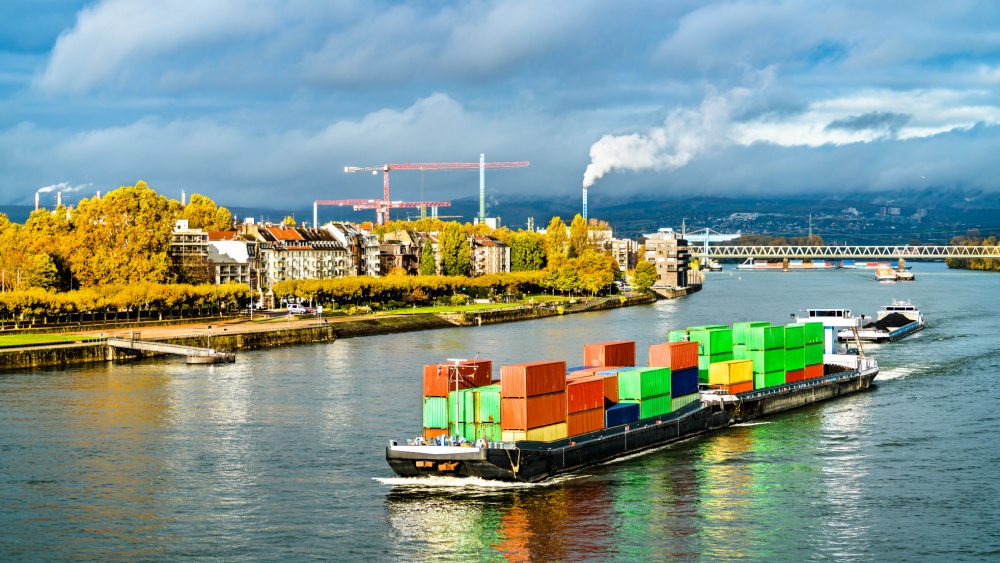In 2024, the freight transport on EU inland waterways, measured in tonne-kilometres, increased by 4.5% compared with 2023. This marks the first increase after 2 consecutive year-on-year declines.
Container transport on EU inland waterways, measured in twenty-foot equivalent unit-kilometres, also rebounded in 2024 compared with 2023, though by a slightly lower figure (3.7%).
This information comes from data on inland waterway freight transport published by Eurostat today. The article presents a handful of findings from the more detailed Statistics Explained article on inland waterway freight transport.
Source dataset: iww_go_atygo
Metal ores accounted for 23.2% of all transported goods
Among the categories of transported goods, metal ores accounted for the largest share, making up 23.2% of the total transport measured in tonne-kilometres. This was followed by coke and refined petroleum products (16.3%), chemicals, rubber and plastic and nuclear fuel (14.0%), and products of agriculture (13.6%).
Compared with 2023, inland waterway transport of secondary raw materials and waste recorded the largest relative increase, rising by 12.9%. This was followed by chemicals, rubber and plastics and nuclear fuels category, which increased by 12.4%. The only product group to experience a decrease in inland waterway transport was coal and crude petroleum (-26.5%).
Source dataset: iww_go_atygo
Concentration of EU inland waterway transport
Transport on inland waterways is notably concentrated, with Germany and the Netherlands together accounting for 70.5% of the total EU inland waterway transport. In 2024, Germany saw the highest increase in freight transport in absolute terms compared with 2023, experiencing a rise of 1.9 billion tonne-kilometres, or an increase of 4.7%.

